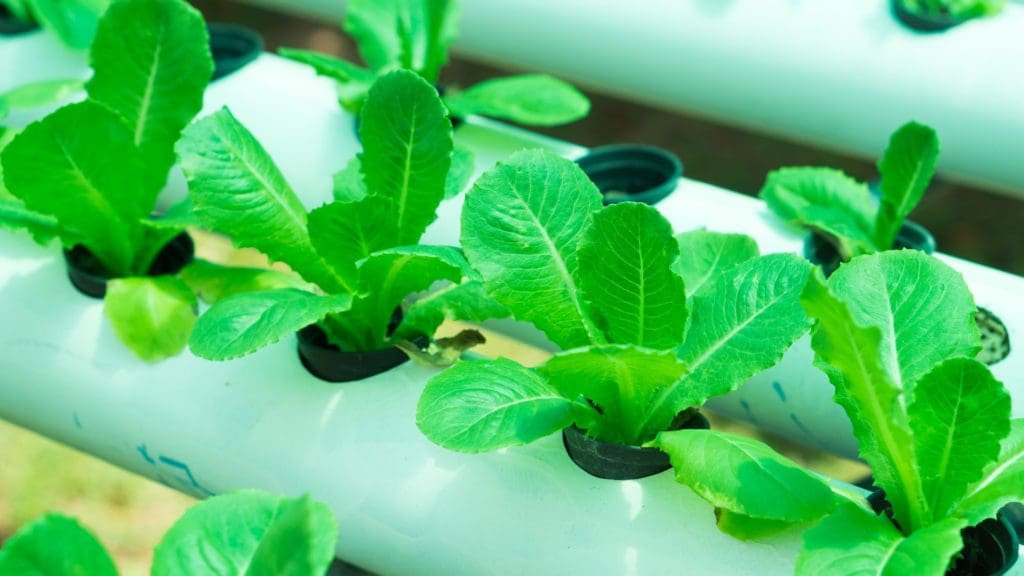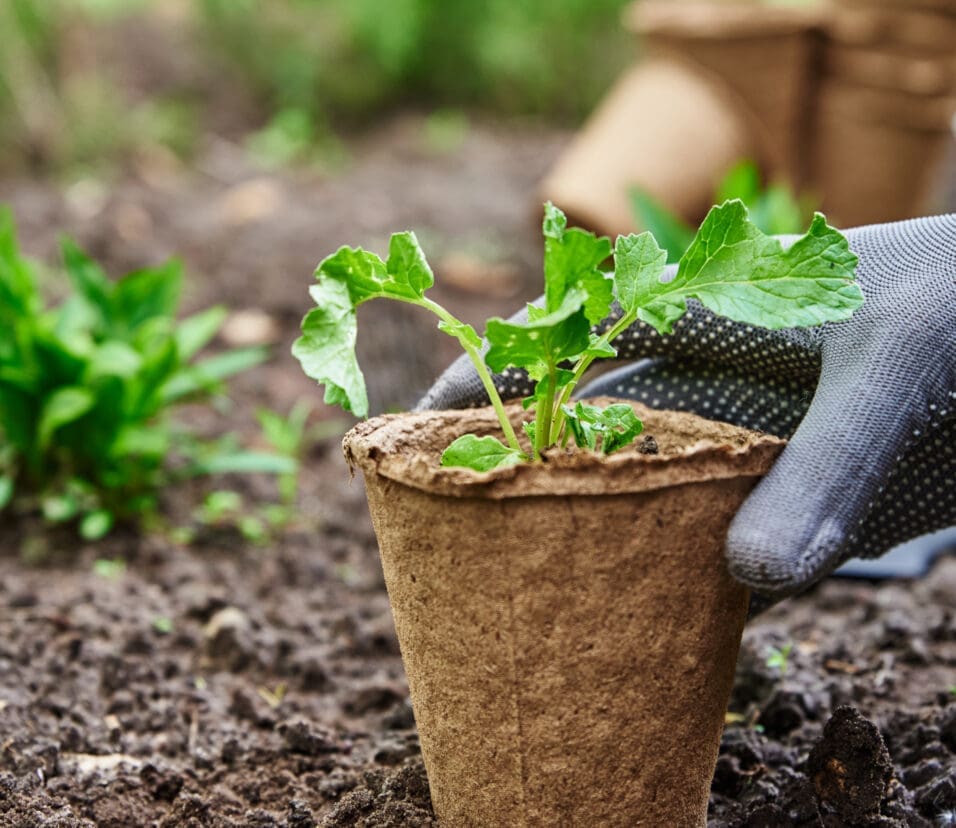5 Best Gardening Tips for Beginners (Part 2)
How to Grow Your Own Home Garden
Hello again, thanks for joining us for Part 2. We’re glad to have you here for our discussion on optimising your farming experience. In Part 1, we walked you through the first tip, which involved conducting a comprehensive evaluation. We also explored different crop options and their respective benefits. Today, we will continue our journey by delving into the remaining four tips: ensuring adequate space, managing finances, effective time management, and prioritising your physical and mental well-being. These tips will equip you with the knowledge and strategies needed to enhance your farming endeavours. So, let’s uncover the secrets to success in these crucial areas of farming.
Tip No. 2: HAVING ADEQUATE SPACE
If the availability of physical land is limited, vertical gardening techniques using cans, barrels, plant pots, hydroponics and PVC pipe planters can be utilised instead.
Vertical gardening allows you to maximise space by growing plants vertically, making it an excellent solution for small areas like balconies, patios, or limited backyard space. Here’s how to make the most of these alternative containers:
- Vertical Tower Garden:
Create a vertical tower garden using cans, barrels, or plant pots stacked on top of each other. Start with the largest container at the bottom, gradually decreasing the size as you stack them upward. Ensure that each container has drainage holes.
- Hydroponic Vertical Garden
If you’re interested in hydroponics, consider setting up a vertical hydroponic system. Use PVC pipes or vertical towers with built-in nutrient channels to grow plants without soil. The plants are typically inserted into holes or pockets in the pipes, and nutrient-rich water circulates through the system.
- PVC Pipe Planters
Another innovative way is to repurpose PVC pipes as planters. Cut PVC pipes into sections, usually about 12-18 inches long, and drill holes at regular intervals for plant pockets. Attach the pipes vertically to a sturdy frame or mount them on a wall. Fill each pipe section with soil and plant your desired crops.
Remember to choose crops that are suitable for vertical gardening, such as herbs, leafy greens, strawberries, or compact varieties of vegetables. Ensure adequate sunlight, water, and nutrient supply for your plants, and monitor their growth regularly.
Tip No. 3: GETTING THE NEEDED FINANCES

Gardening can require some upfront investment, but there are cost-effective ways to minimise expenses.
- Start with a small garden area and gradually expand as you gain experience.
- Utilise compost or organic matter to improve soil fertility instead of relying heavily on store-bought fertilisers.
- Seek local seed swaps (a gathering of people, usually gardeners and farmers, who have come together to share seeds), community gardening groups, or online platforms for discounted seeds or seedlings.
- Due to Barbados’ shallow land structure and abundant coral-based surfaces, the island has trouble supplying its freshwater. A major provider to the island’s potable water comes from underwater aquifers. Unfortunately, these are barely protected from the emaciated and permeable soil on the island. Therefore, the exploration of creative water sourcing solutions like rainwater harvesting or grey water usage are used to reduce water costs.
Greywater (or grey water, sullage, also spelled gray water in the United States) refers to domestic wastewater generated in households or office buildings from streams without fecal contamination, i.e., all streams except for the wastewater from toilets.
https://en.wikipedia.org/wiki/Greywater
https://www.google.com/search?q=water+issues+in+Barbados&rlz
Tip No. 4: CARVING OUT THE TIME
Efficient time management is crucial for successful gardening. Set aside dedicated time for watering, feeding, maintenance, and pest management. Create a schedule or calendar to help you stay organised and on top of garden tasks. Consider using timers or automated watering systems to simplify the process. Plant your crops in a way that ensures a staggered harvest, so you don’t become overwhelmed with harvesting all at once.
Tip No. 5: MAINTAINING YOUR PHYSICAL AND MENTAL HEALTH
Gardening requires patience, energy, and good physical health. Take care of your body by warming up before gardening, staying hydrated, and using proper techniques to avoid strain or injuries. Pace yourself and listen to your body’s limits. Gardening can also have mental health benefits, so take time to enjoy the process, connect with nature, and practice mindfulness. Use gardening as a way to relax, de-stress, and find solace in nature’s beauty.
Remember, starting small and gradually expanding allows you to learn and adjust without feeling overwhelmed. Gardening is a rewarding experience that connects you with nature, provides fresh food, and promotes a healthy lifestyle. Enjoy the process, be patient, and celebrate the joy of growing your own food at home. Also bear in mind that you can transform small spaces into productive gardens and enjoy a bountiful harvest, even with limited physical land.







